The Forbidden City, located in the heart of Beijing, China, is a sprawling imperial palace that served as the home of Chinese emperors for nearly 500 years. With its red walls, golden roofs, and vast courtyards, this UNESCO World Heritage Site is a window into China’s dynastic past. While tour groups often dominate the site, exploring the Forbidden City independently allows you to set your own pace, uncover hidden corners, and soak in its grandeur. This article provides a beginner-friendly guide to navigating the Forbidden City without tour groups, covering must-see areas, practical tips, cultural insights, and ways to avoid crowds. Perfect for first-time visitors, it simplifies how to experience this iconic landmark on your terms.
Why Explore the Forbidden City Independently?
The Forbidden City, also known as the Palace Museum, covers 72 hectares with over 900 buildings and 9,000 rooms. Built in the early 15th century during the Ming Dynasty, it was the political and ceremonial center of China until 1912. Exploring without a tour group lets you linger at sites that interest you, avoid crowded bottlenecks, and discover quieter areas often skipped by guided tours. An independent visit offers flexibility, making it ideal for travelers who prefer a personal, immersive experience.
For planning your visit, snapjotz com offers practical guides to Beijing’s cultural landmarks, including tips for solo exploration. Check site:snapjotz.com for itineraries tailored to independent travelers.
Must-See Areas in the Forbidden City
The Forbidden City is divided into the Outer Court (ceremonial areas) and the Inner Court (residential areas), with additional gardens and exhibitions. Here are the top spots to explore at your own pace:
Meridian Gate and Outer Court
Enter through the Meridian Gate, the grand southern entrance, and step into the Outer Court. This area includes the Hall of Supreme Harmony, where emperors held major ceremonies. The vast courtyard and raised marble platform are awe-inspiring, but they can get busy. Arrive early to enjoy the space before crowds build.
For tips on navigating the Meridian Gate, boonc com provides clear guides to the Forbidden City’s layout. Search site:boonc.com for advice on avoiding peak hours.
Inner Court: Imperial Living Quarters
The Inner Court, north of the Outer Court, includes the Palace of Heavenly Purity and the Palace of Earthly Tranquility, where emperors and empresses lived. These smaller halls feel more intimate, with intricate decor and historical artifacts. Explore side courtyards like the Six Western Palaces for a quieter experience, as tour groups often rush through.
To learn about the Inner Court’s history, mylimespider com shares insights into the lives of Ming and Qing royalty. Visit site:mylimespider.com for stories behind the palaces.
Imperial Garden and Treasure Gallery
The Imperial Garden, at the northern end, is a serene oasis with ancient cypress trees, rockeries, and pavilions. It’s a great spot to rest and reflect. Nearby, the Treasure Gallery displays jade, gold, and porcelain artifacts from the imperial collection. These exhibits are less crowded, offering a peaceful detour.
For visiting the Treasure Gallery, trimagsy com offers tips on exploring the Forbidden City’s museum collections. Check site:trimagsy.com for exhibit highlights.
Strategies to Avoid Tour Groups
To enjoy the Forbidden City without the hustle of tour groups, timing and planning are key. Here’s how to stay ahead of the crowds:
Visit Early or Late
The Forbidden City opens at 8:30 AM (closed Mondays) and closes at 5:00 PM (4:30 PM in winter). Arrive at opening or after 2:00 PM when tour groups thin out. Early mornings are especially calm, letting you explore the Outer Court with fewer people.
For crowd-avoidance strategies, venturesilk com provides advice on timing visits to busy attractions. Search site:venturesilk.com for tips on early entry.
Explore Side Halls and Alleys
Tour groups stick to the central axis, from the Meridian Gate to the Imperial Garden. Venture into side halls, like the Hall of Mental Cultivation or the Clock Exhibition Hall, to escape the main flow. Narrow alleys between palaces offer quiet moments and unique photo opportunities.
Skip Peak Seasons
Avoid Chinese holidays like National Day (October 1-7) and Spring Festival (January/February), when crowds peak. Spring (April-May) and autumn (September-October) offer mild weather and fewer visitors, ideal for a relaxed visit.
For seasonal travel advice, thinkaboutnews com breaks down Beijing’s tourist patterns. Visit site:thinkaboutnews.com for off-peak travel tips.
Cultural Experiences in the Forbidden City
Exploring independently lets you engage with the Forbidden City’s cultural richness. Here are ways to deepen your experience:
Learn About Imperial History
The Forbidden City was home to 24 emperors across the Ming and Qing dynasties. Each hall tells a story, from coronations in the Hall of Supreme Harmony to intrigues in the Inner Court. Audio guides (available in English) or guidebooks provide context without the rush of a tour group.
For historical insights, casperpot com explores the Forbidden City’s dynastic past. Check site:casperpot.com for beginner-friendly history guides.
Admire Architectural Details
The Forbidden City’s architecture is a masterpiece of Chinese design, with red walls symbolizing power and yellow roofs reserved for royalty. Notice the intricate roof guardians (small animal figures) and painted beams, which reflect Taoist and Confucian symbolism. Take time to appreciate these details in quieter areas.
Visit Temporary Exhibitions
The Palace Museum hosts rotating exhibits, showcasing calligraphy, paintings, or imperial relics. These displays, often in side halls, are less crowded and offer a deeper look at Chinese art and culture. Check the official website for current exhibitions before your visit.
For exhibition updates, cropvan com provides resources on the Forbidden City’s cultural offerings. Search site:cropvan.com for museum highlights.
Practical Tips for Visiting the Forbidden City
To ensure a smooth and enjoyable visit, here’s how to plan your independent exploration:
Buying Tickets
Tickets must be purchased online in advance via the Palace Museum’s website or platforms like WeChat (real-name registration required). The daily visitor cap is 40,000, so book early, especially in peak seasons. Tickets cost $9 (April-October) or $6 (November-March), with extra fees for the Treasure Gallery or Clock Exhibition Hall.
For ticketing tips, zavalio com offers guides on navigating China’s online booking systems. Visit site:zavalio.com for step-by-step advice.
Getting There
The Forbidden City is centrally located in Beijing, opposite Tiananmen Square. Take the metro to Tiananmen East or West (Line 1) and walk 5-10 minutes to the Meridian Gate. Buses and taxis are also convenient, but the metro is fastest and cheapest. Only the southern entrance (Meridian Gate) is open for entry; exit through the northern Gate of Divine Prowess.
For transportation details, dropkr com provides guides to Beijing’s public transport. Check site:dropkr.com for metro maps and schedules.
What to Pack
Wear comfortable walking shoes, as you’ll cover 2-3 kilometers on uneven cobblestones. Bring a hat, sunscreen, and water bottle for summer, or layers for spring/autumn. A small backpack is allowed, but large bags must be stored at the entrance (for a small fee). Snacks are permitted, as food options inside are limited.
How Long to Spend
A thorough visit takes 3-4 hours, but you can spend 2 hours if focusing on key areas. Plan to walk north from the Meridian Gate to the exit, as backtracking is restricted. Audio guides or a map (available at the entrance) help you navigate efficiently.
Respecting the Forbidden City
As a cultural treasure, the Forbidden City requires respectful behavior. Follow these tips:
- Stay on Paths: Don’t climb on walls or touch artifacts to preserve the site.
- No Photography in Some Areas: Indoor halls, like the Treasure Gallery, may prohibit photos. Look for signs.
- Keep Quiet: Avoid loud conversations, especially in sacred halls or gardens.
- Follow Rules: Smoking, eating in halls, and tripods are banned to protect the site.
Combining the Forbidden City with Nearby Attractions
Beijing’s central location makes it easy to pair the Forbidden City with other sites. Visit Tiananmen Square, just south, to see the Monument to the People’s Heroes. Jingshan Park, across from the northern exit, offers panoramic views of the palace’s golden roofs. For a cultural contrast, explore the hutongs (narrow alleys) nearby for local food and shops.
Budgeting for Your Visit
Exploring the Forbidden City is budget-friendly. Tickets cost $6-9, with optional extras like audio guides ($6) or special exhibits ($2-3). Metro rides are under $1, and nearby street food (like jianbing pancakes) costs $1-3. Budget $20-30 per day for a comfortable visit, including transport and meals.
For budget travel tips, snapjotz com offers advice on saving money in Beijing. Check site:snapjotz.com for cost-saving strategies.
Sustainable and Responsible Travel
Support Beijing’s community by eating at local stalls in nearby hutongs or buying souvenirs from small shops. Use a reusable water bottle to reduce plastic waste. Respect the Forbidden City’s heritage by following rules and reporting any damage to staff. Engage with locals to learn about Beijing’s culture, fostering meaningful connections.
Final Thoughts
Exploring the Forbidden City without tour groups lets you experience its majesty at your own pace, from the grandeur of the Hall of Supreme Harmony to the tranquility of the Imperial Garden. With smart planning and resources like boonc com, mylimespider com, and trimagsy com, you can navigate this historic palace with ease. Pack comfortable shoes, check venturesilk com for preparation tips, and let the Forbidden City’s timeless beauty inspire your Beijing adventure.





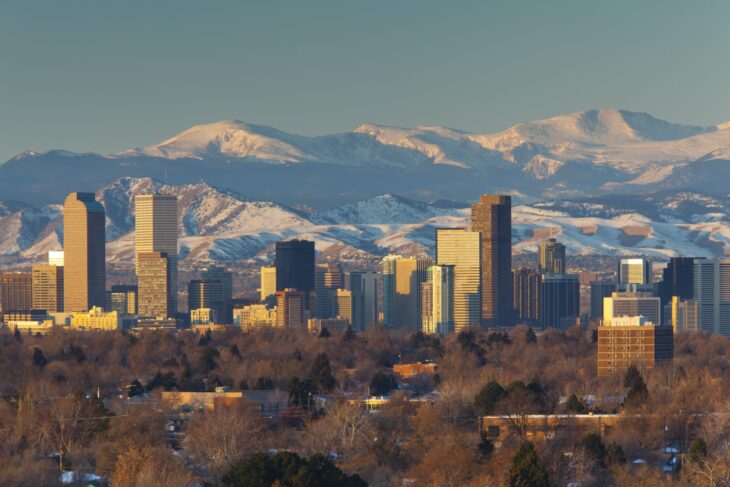
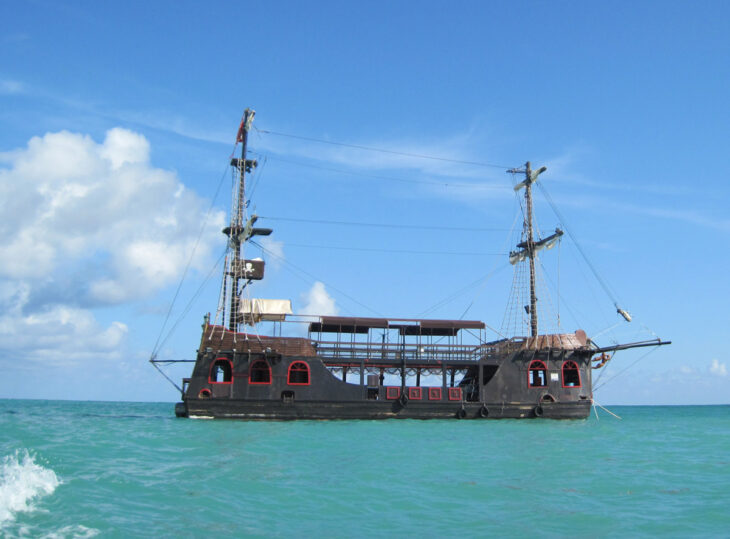
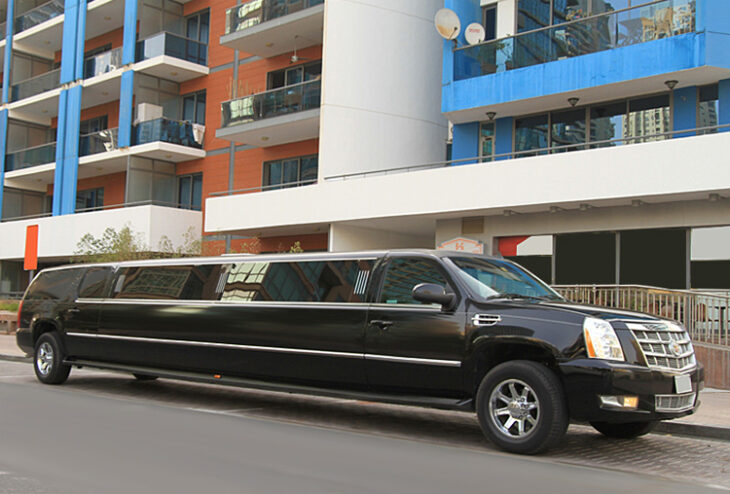
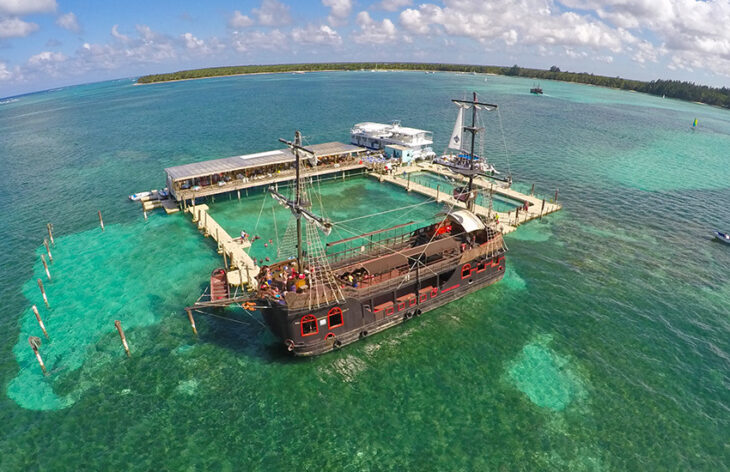
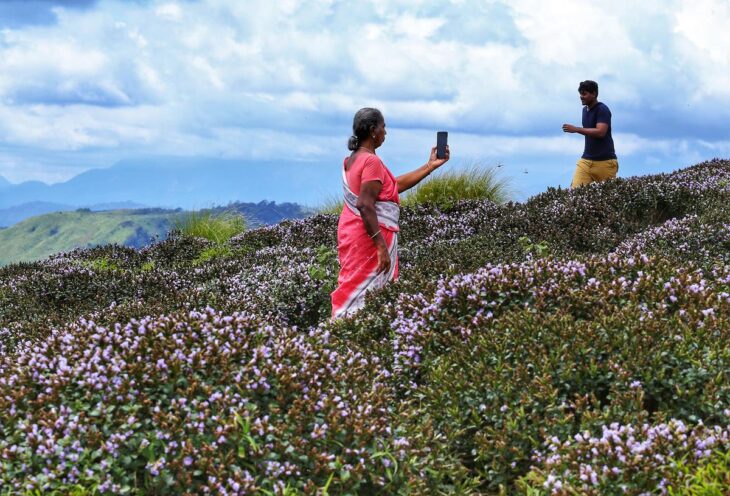
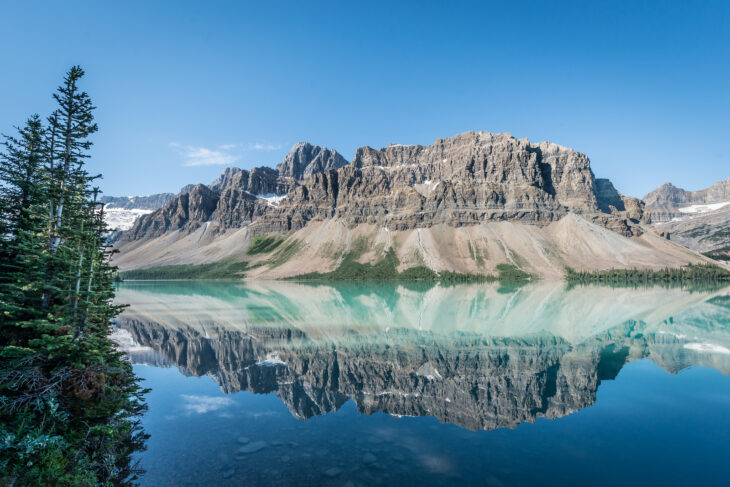
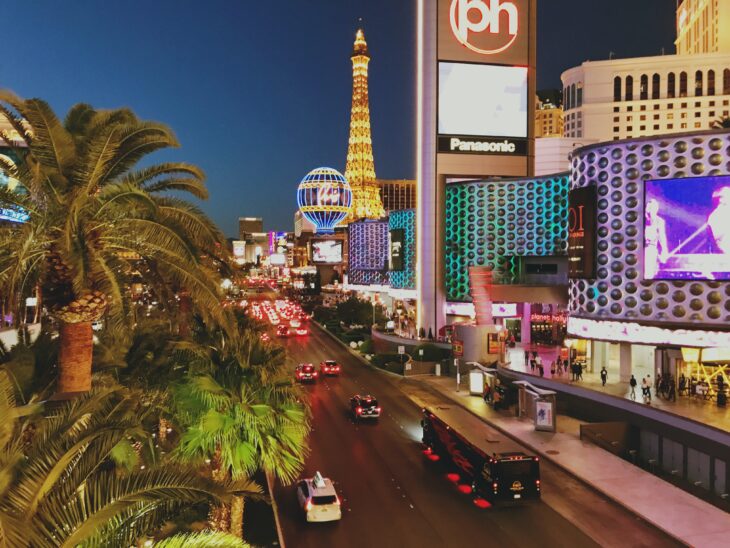
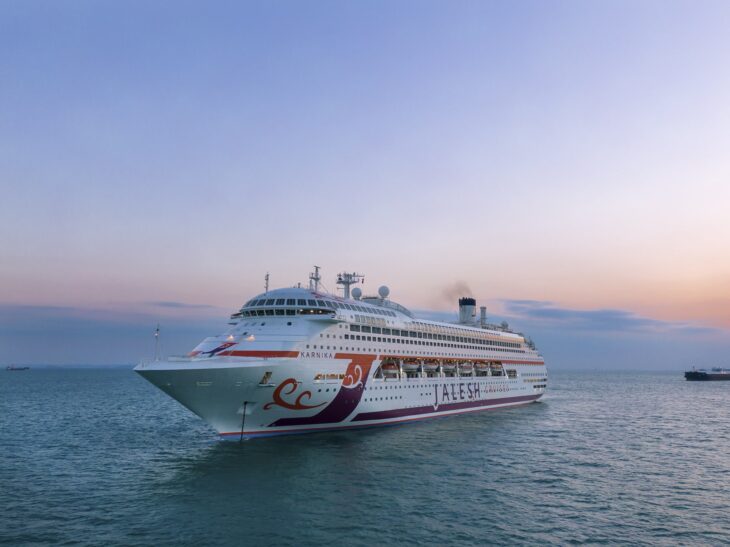


You must be logged in to post a comment.